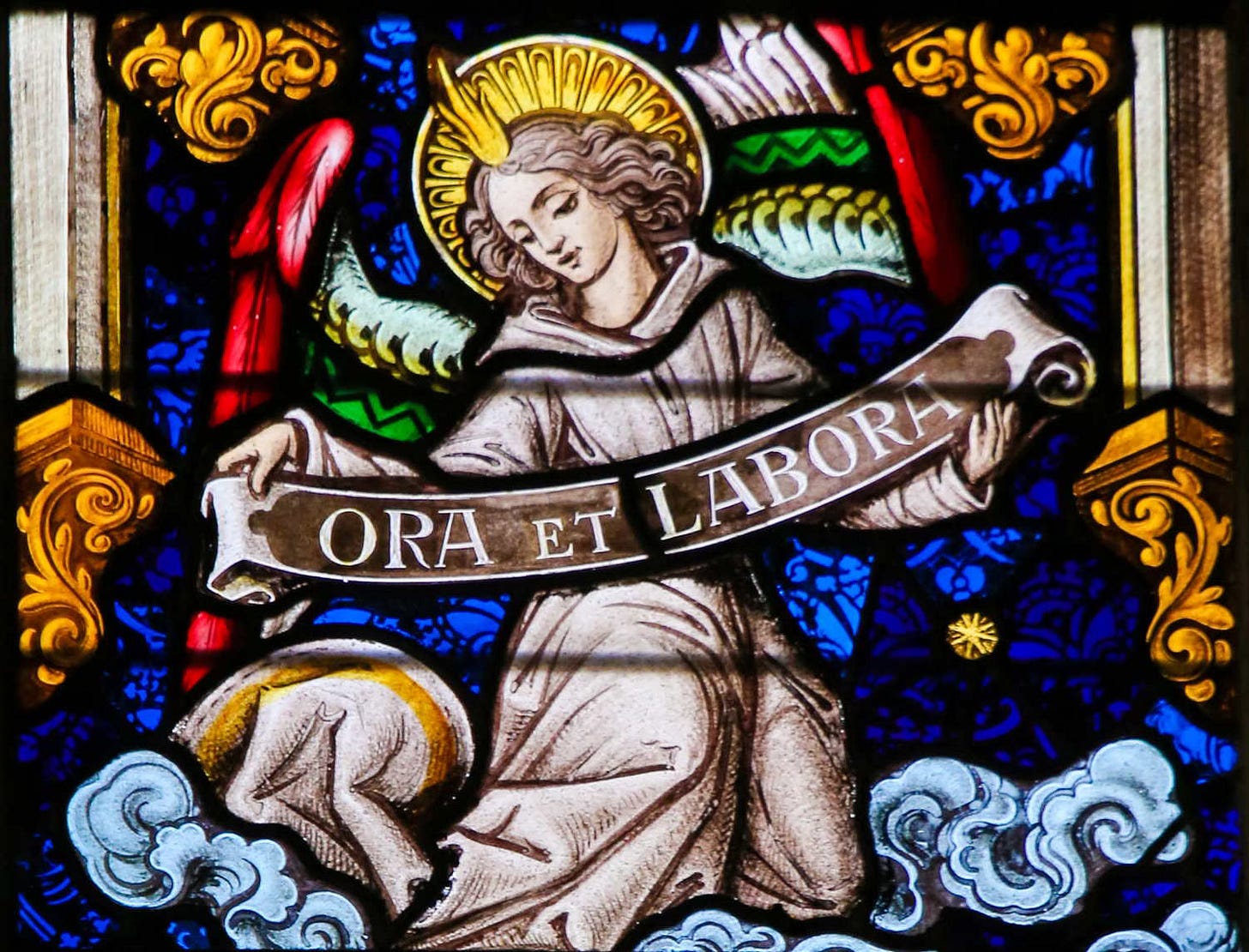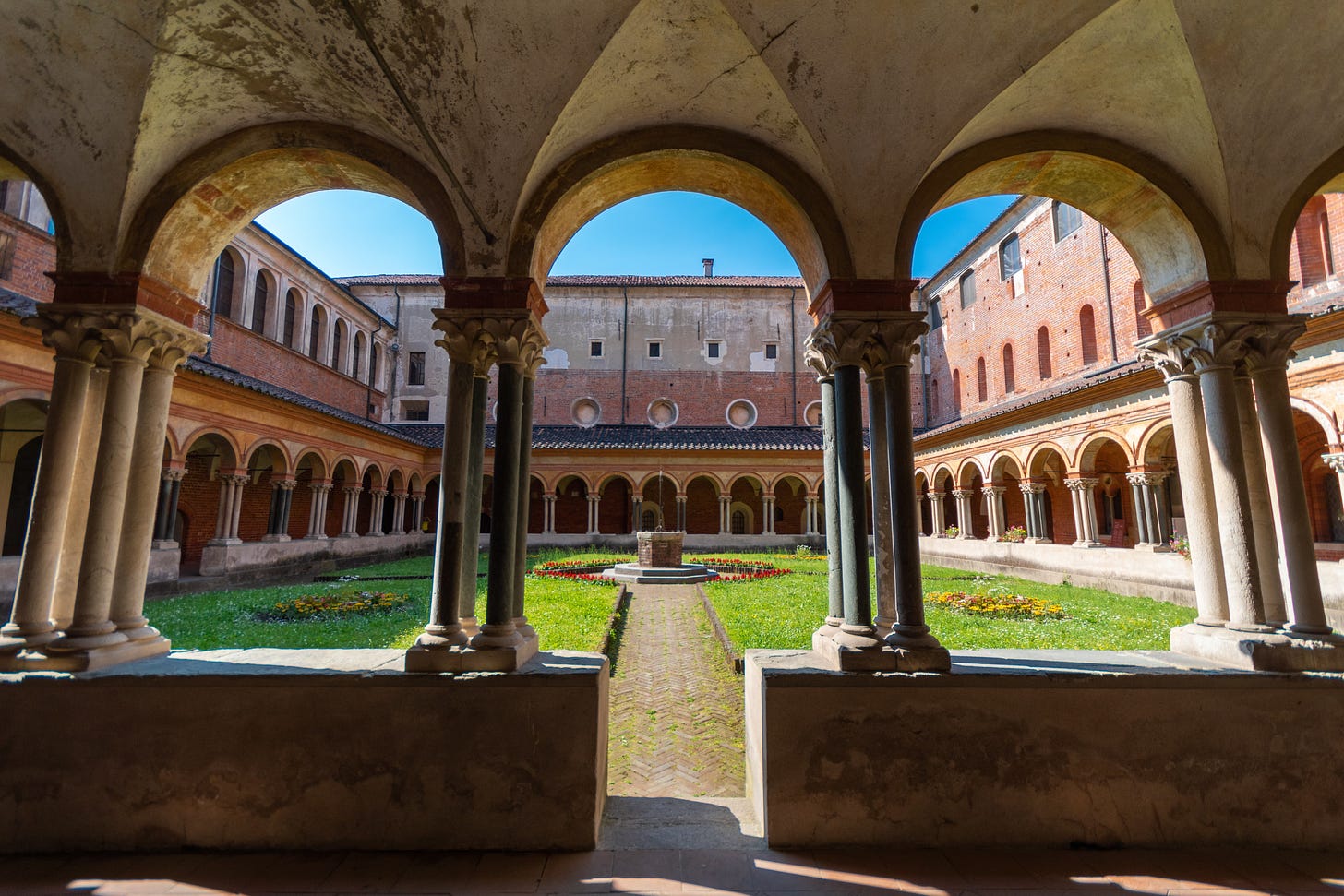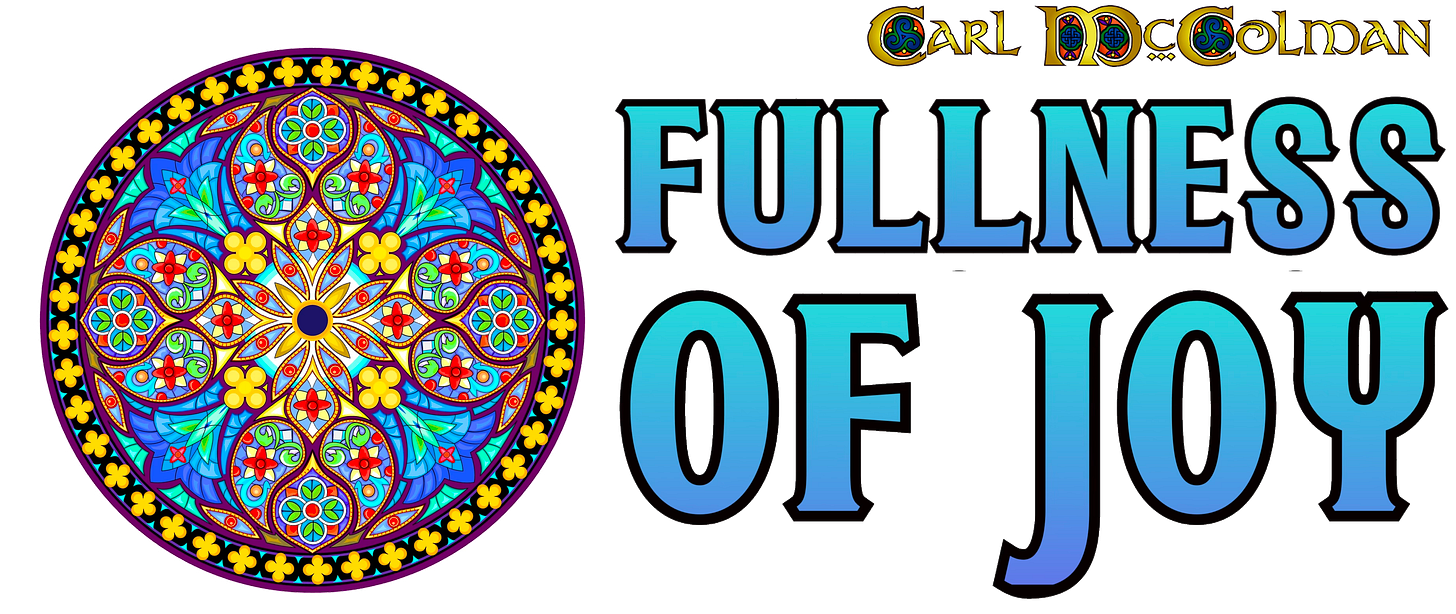“The spirit of the Lord God is upon me… to proclaim liberty to the captives, and release to the prisoners”
Modern prisons were created on the model of medieval monasteries. What can we learn from this?
Alcatraz. Sing Sing. Folsom. San Quentin. ADX Florence Supermax. Guantanamo Bay. Alligator Alley.
We sure have our share of famous prisons in the United States, but most of our prisons are not so well known. In the United States today, there are over 6,100 federal and state prisons, local jails, and other correctional facilities. The US population clocks in at just over 340 million, which means we have a correctional facility for every 55,000 people.
At any given time, somewhere between 1 to 2 million inmates are confined in American prisons and jails. We are among the top five nations in terms of our incarceration rate, and while America’s share of the world’s population is just over 4%, we house somewhere around 20% of the total prisoners across the globe.
Prison ministry has never been a part of the work I do, although of course I’ve known some wonderful people over the years who do really important work offering educational or spiritual opportunities to incarcerated persons. When I was living in Tennessee (late 80s/early 90s), I met someone who was doing prison ministry inspired by The Rule of Saint Benedict. She and I moved in the same spiritual direction/ contemplative prayer circles, and we became friends when I learned she was a writing instructor — and among other places where she taught, she would lead writing workshops at a nearby prison.
She told me one time about introducing the inmates to the Rule. “It’s easy to see the parallels between the cloister and the prison cell,” she pointed out, “although obviously it’s quite different from choosing that kind of constrained life voluntarily, and having others choose it for you. Still, it seems that many of the men I teach find it interesting to consider how the life of a monk and the life of a prison is structured in many similar ways.”
I didn’t know it at the time, but I have since gone on to learn that this is no accident of history. When the modern prison system emerged in the 18th and 19th centuries, correctional institutions were very much inspired by Christian monasteries. Indeed, the word penitentiary which is a now-obsolete synonym for “prison” comes from the same root word as repent or penitent, implying that the main point behind prisons is to foster rehabilitation or the amendment of life (this survives in the tendency to refer to prisons as “Correctional Facilities”). And monasteries themselves have served as places of involuntary confinement even since the middle ages; and in our own time, I’ve known a monk who had been removed from Catholic ministry in the 1960s for sexual misconduct with a minor — and the church dealt with his crime by enclosing him in a cloister, where he lived until his death some fifty years later (the woman who as an adolescent was his victim understandably angry that his only “punishment” was being banished to a monastery, and ran a website decrying how poorly the church handled this case).
It’s sobering to consider that prior to the creation of the modern prison, criminals often were dealt with in harsh ways, from corporal punishment (like the whipping post, the the pillory, and the stocks) to capital punishment which has included a number of methods of execution, from being drawn and quartered in medieval times to the gallows, the firing squad, up to more recent methods including the electric chair, gas chambers and lethal injection. Then there was “penal transportation”— Georgia (where I live) and Australia were among the many locations where the British established penal colonies for convicts banished from England, sometimes for even petty crimes such as vagrancy or unpaid debt.
Confinement emerged as both theoretically more humane and more likely to result in rehabilitation — and very much inspired by monastic culture. From the regimented daily schedule to the principle of solitary confinement and the opportunity for education during one’s prison term, many aspects of prison life were inspired by, if not directly patterned after, life in the cloister.
This has not always had happy results. In centuries past, solitary confinement was much more broadly applied, under the mistaken belief that excessive silence and solitude would be conducive to personal reflection leading to contrition and repentance. But what actually happened was that prisoners who were subjected, we may assume usually against their will, to excessive isolation and lack of human interaction would typically suffer adverse mental health outcomes, even to insanity and suicide. The sad legacy of this continues in the ongoing practice of using solitary confinement as a way of punishing inmates for violence, anti-social behavior, or other disciplinary concerns. The evidence continues to suggest that this is not at all conducive to reform, but the practice persists.
I know it is dangerous to compare today’s society with the world of 7 or 8 centuries ago; still, it fascinates me to consider that before society imprisoned 1 out of every 200 people (which is roughly the current incarceration rate in the USA), the percentage of medieval Europeans who were monks or nuns was likewise somewhere around .5%. At least some historians speculate that at the peak of western Christian monasticism (in Europe prior to the arrival of the bubonic plague, which occurred in the late 1340s), the cloistered population was approximately one-half to one percent.
Before the bubonic plague arrived in Europe, the continent had an estimated population of about 100 million, with about 20,000 monasteries active at the peak of the monastic movement. That’s one monastery per about every 5000 people, implying an average membership of 25-50 persons per abbey.
We have a lot fewer prisons than our ancestors had monasteries (on a per capita basis), but of course many prisons hold hundred or even thousands of inmates, and far too many are overcrowded. Angola Prison in Louisiana has an inmate population of about 5000 — almost 20 times the size of Gethsemani Abbey at its peak!
It’s important to remember that monasteries were meant to be freely-chosen centers for finding God, whereas prisons are state-imposed places of involuntary detention. That’s not to say that everyone who lived in monasteries chose it freely. Hildegard of Bingen was basically given to a monastery when she was a child (this was the old meaning of the term monastic oblate); she went on to become a fierce critic of the practice, which was a convenient way for families with too many children to outsource the child’s care — never mind what the child wanted. We might also speculate that the cloister also served to house queer persons, who on the one hand probably appreciated not having to be locked in to a heterosexual marriage, but if they did not have a genuine vocation to religious life, then their life behind cloister walls effectively amounted to little more than a pious prison, a subtle form of hostility to them while also undermining the contemplative culture for those who genuinely wanted the monastic way of life.
So what are we to make of all this?
I think the over-arching message is that a life of solitude, austerity and silence seems like heaven on earth for the relatively small number of people who feel called to such a way of life, and of course they would report that living in a such a way helped them to become better, happier and even holier persons. But it’s a far different kettle of fish when that structured way of life is imposed upon someone as a means of punishment or rehabilitation. Even the cloister, when freely chosen, can be difficult and stressful. I remember one elderly Trappist monk telling me that the psychiatric hospital in Louisville, Kentucky was referred to as the “Gethsemani Annex,” since so many monks ended up in there (hopefully temporarily!). One may speculate that they found the silence and severity of the cloister to be challenging for their mental health, especially if they had untreated mental illness before entering the monastery (candidates for monastic life today have to undergo pretty rigorous psychiatric evaluations to ensure that they are capable of handling the austerity of abbey life — a practice as much for their own benefit as for the community’s).
If deep silence, ongoing manual labor, minimal human contact, and regular periods of solitude can be stressful even for the religiously-motivated person who dives into that way of life willingly, I can only imagine what the challenges of being compelled by the state to live in a prison setting must be. Which, of course, raises the question of why our society continues to incarcerate so many people, particularly for nonviolent crimes. Without getting into the larger debate about the ethics of incarceration, and recognizing that society has an obligation to safeguard its members from those who would victimize others, there remains some profoundly disturbing areas of concern: racial disparity in the make-up of the prison population, the bizarre culture of privately-run prisons (the idea of a business profiting off of incarceration strikes me as, at best, profoundly ethically complicated), and the challenges that result from prison over-crowding and inmate violence.
I’m not naive enough to think that if we had more monasteries we would need fewer prisons. But it does strike me as fascinating, if not somewhat disturbing, to consider that America today compared to Europe in 1300 has a similar percentage of our population living in what are surprisingly similar settings (at least on the surface). Balancing out .5% of the population choosing the cloister as a way to draw closer to God, versus .5% of our population confined to correctional facilities where life seems to amount to little more than a game of survival while doing the time, I am left wondering, which of these ages is truly the “dark ages”?
Back to my friend the teacher. She found that the Rule of Saint Benedict was insightful, if not actually inspiring, to the prisoners she taught. Granted, it was a self-selected segment of the population that wanted to learn how to write and/or improve their writing skills; we might speculate that such motivated persons were in a better position to benefit from considering the monastic heritage of the modern prison. Meanwhile, I suspect that most persons who are reading this post live neither in a cloister or a correctional facility (although I know that some readers may at one time have lived in one or the other).
For those of us on the “outside,” what can we gain from pondering the link between monasteries and prisons? Perhaps we need to consider what Joan Chittister calls “the cloister of the heart” — that inner place within us all, where we can find a freely chosen place of radical silence and inner solitude. We tend to think of this as a place of (interior) freedom, but it might be wise to remember that none of us are perfect, we all make mistakes, and sometimes those mistakes cause harm — hopefully not to the point that we are guilty of a crime, but resulting in real suffering nevertheless. No matter how problematic our prison system might be, and how much the monastic world seems to be in decline in our time, perhaps we all need that inner room not just as a refuge for freedom, but also as a crucible where we may discover the transformation that leads us away from self-caused suffering and toward a deeper life shaped by trust of God, kindness to self, and compassion for others.






